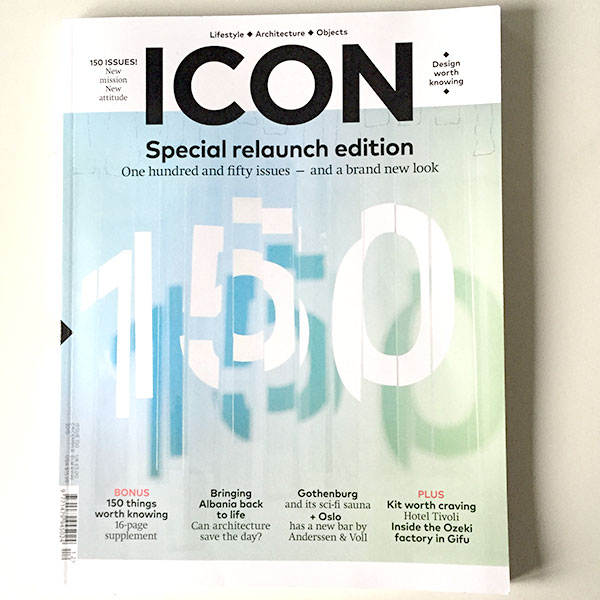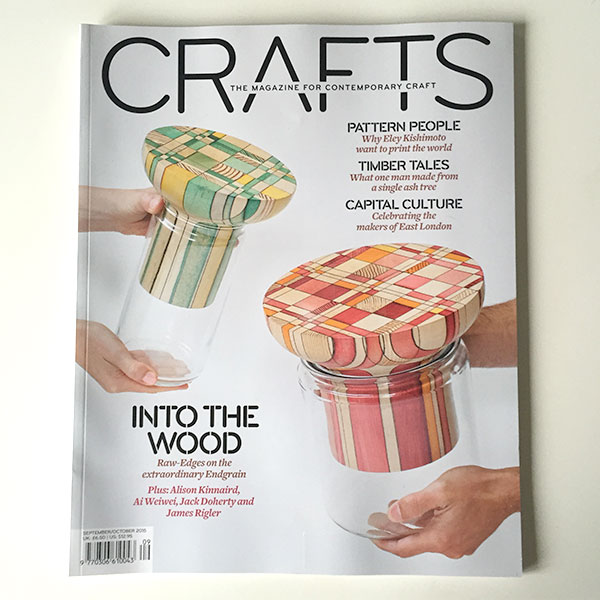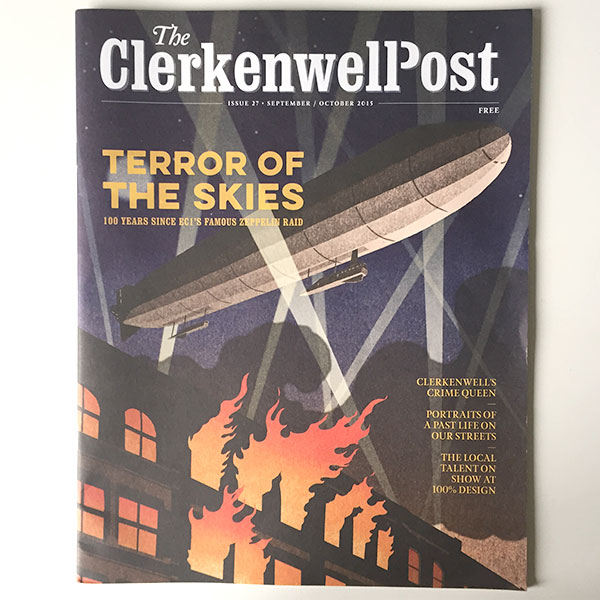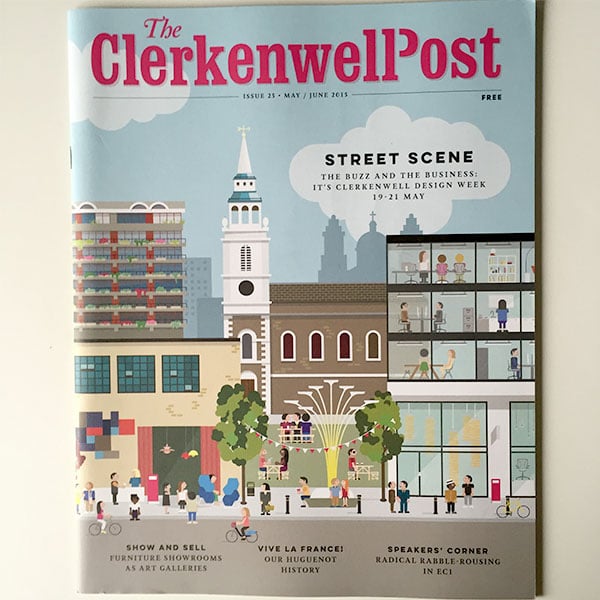November 2015’s issue of onOffice included The Next Nomads, an article I wrote about an Eindhoven co-working space called Tribes designed by Abrahams Crielaers. (All copy as submitted.)
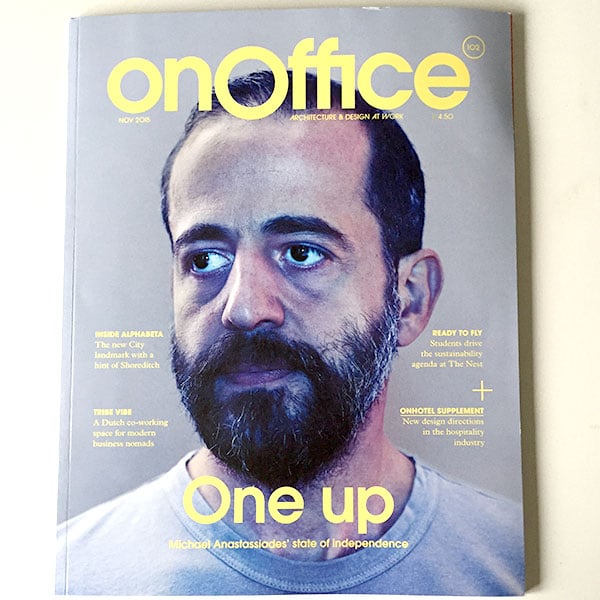
The way we work is changing. 95% of medium sized businesses now offer flexible working – and evolving technology combined with cost effective travel enables us to work from wherever the business is. People are also more likely to set up independent ventures and enjoy the freedom that comes with working for themselves: 70% more under 35s started their own business in 2013 versus 2006 and the figure was 55% for over 35s.
Targeting the estimated 1.7 million so-called ‘business nomads,’ ex-Regus CEO Eduard Schaepman has established new workspace concept, Tribes. “Regardless of whether they work for a large company or for themselves, today’s business nomads are increasingly a group in themselves,” he says. “Like-minded professionals who go where the business is; a group of people who care about the same things and have the same habits; a group with the same values, aspirations and practices.”
The first 1,500sqm Tribes space opened at Eindhoven’s Flight Forum in May, quickly followed by Rotterdam, and new premises are planned for Amsterdam, Utrecht, The Hague, Arnhem, Brussels, Antwerp and Ghent this year. Workers can buy a one-day pass, a monthly membership, or rent permanent offices adjoining the shared spaces.
Flexible areas include meeting rooms, long tables where individuals can plug in laptops, sofa areas for informal working, library spaces cocooned in Pierre Frey wallpaper for more focused periods of concentration, picnic-style tables and a café area reflecting the trend for café working, and a reception desk that doubles up as a bar.
Interior designer Huguette Crielaers describes the project as having the same premise as flexible workspace giant Regus, but says, “Schaepman wanted to add something more to it, something to make it more special, more social and a bit hipper.”
That “something more” came from translating the idea of ‘business nomads’ into a brief that tasked Crielaers with taking inspiration from nomadic tribes, and specifically a book called Before They Pass Away – a record of three years that self-described ‘visual anthropologist’ Jimmy Nelson spent photographing vanishing indigenous cultures.

“The book provided the DNA for our design concept,” says Crielaers. “We started by looking at the values shared by the nomadic tribes and our business nomads and decided that the space needed to be connecting, authentic, timeless, inspiring and then also a bit homely.”
The interior design takes its cues from the structures, shapes, materials and colours that surround the clans in Nelson’s book. “We wanted to get closer to the tribal colours and if you look at their clothes, their materials, their flags, the cushions they’re sitting on – they are all in certain colours,” says Crielaers. “It’s not a bright yellow, but a mustard yellow, not a bright green but a more moss green, it’s midnight blue, dark red, copper… so we started with those colours.”
An abundance of oversized indoor plants sit alongside natural materials like leather and wood. “We looked at what kind of materials the tribes use and saw that they really translated well, so we tried to integrate these authentic fabrics in our concept,” says Crielaers. The floor is tiled throughout with Fossil by Kasia Zareba for Ceramiche Refin and overlaid with Desso carpets marking routes through the space. “The tiles are a new stone design with a very tribal look, which we loved straight away,” says Crielaers.
A circular meeting table semi-enclosed with leather straps reflects the democratic arrangement of tribal meetings. “Most of the tribes in the book seemed to sit in a circle,” explains Crielaers. “So we had to make a tribe’s table – a circular table surrounded by something like a tent. There is no hierarchy and people can make eye contact more easily.”
The Masai Mara meeting room (all the meeting rooms are named after tribes) features a large waney-edged table with leather-clad chairs and artefacts sourced, via a local supplier, from Africa and Indonesia.
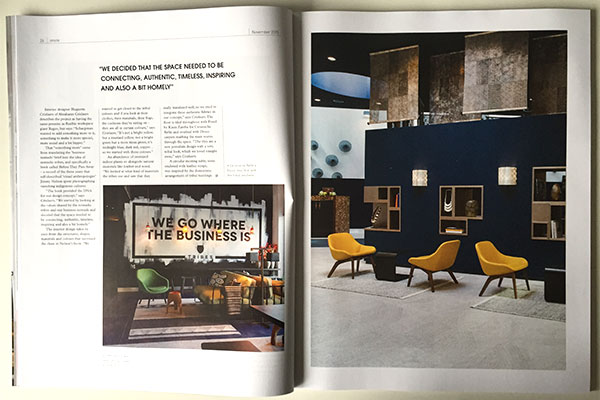
The broad shape of the building made it difficult to get natural light into all parts of the space. The team at AbrahamsCrielaers played with the light that was available – roof lights, combined with the black foil that clads the glass entrance, cast playful shadows across the reception area. In other places they embraced the lack of natural light, creating darker “cosy” spaces. The standard ceiling panels have been painted navy blue to escape the typical office aesthetic and to make the space feel more intimate. Clusters of pendant lights sourced from Dutch Bone, including recycled plastic lights made in Columbia, add warmth. “If you want a homely look, lighting is incredibly important,” says Crielaers. “Lighting makes the difference between a standard office and something different.”
There are more direct references to the book, such as the photos of tribes people, interspersed with members of the Tribes team, that adorn the lockers, so users have a face to remember instead of just a number. Motivational quotes such as “And so the knights sat at a table without a head, thus offering equality to all those present (Sir Thomas Mallory)” and “Work for a cause, not for applause” were selected in collaboration with communications agency The Communication Company.
But it’s not just the visual aspects of the design that were inspired by the tribes Nelson depicted in his book. “The way the tribes live is very inclusive,” says Crielaers. “Whereas in our culture you’re either in or you’re out, especially when it comes to workplaces, where you’re either of working age or you’re too old to join in.” The team are hoping to replicate the tribes’ connection with older generations by offering retired professionals free membership in exchange for making themselves available to younger entrepreneurs for advice and guidance.
The ultimate question is the difference the space makes to the people who work there. “It is much more fun to work somewhere like this,” posits Crielaers. “And I do think joy and happiness make you more productive.” And it seems she’s right. As Shawn Achor said in his TEDx Talk, The Happy Secret to Better Work, “If you can raise somebody’s level of positivity, their brain experiences what we call a ‘happiness advantage.’ Your brain in ‘positive’ performs significantly better than in ‘negative’, ‘neutral’ or ‘stressed’. Your intelligence rises, your creativity rises, your energy levels rise. In fact, we’ve found that every single business outcome improves.”

![]()
